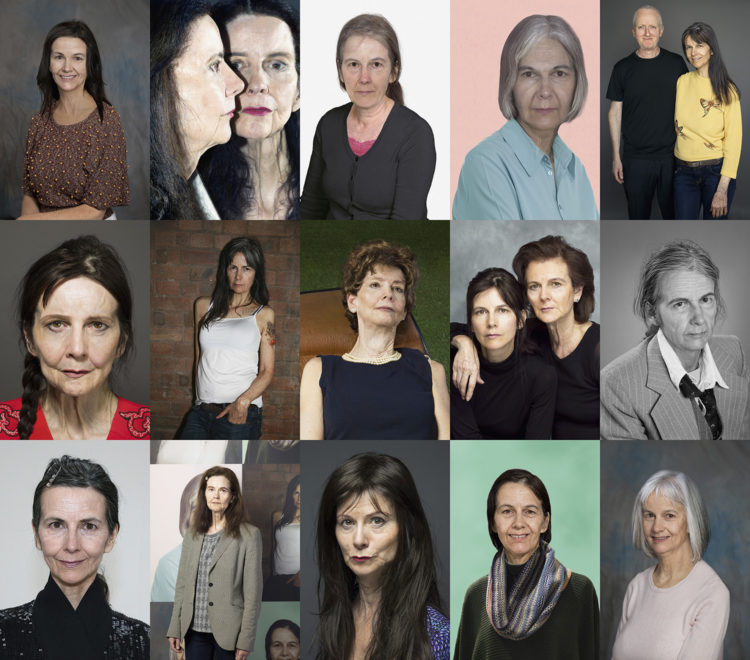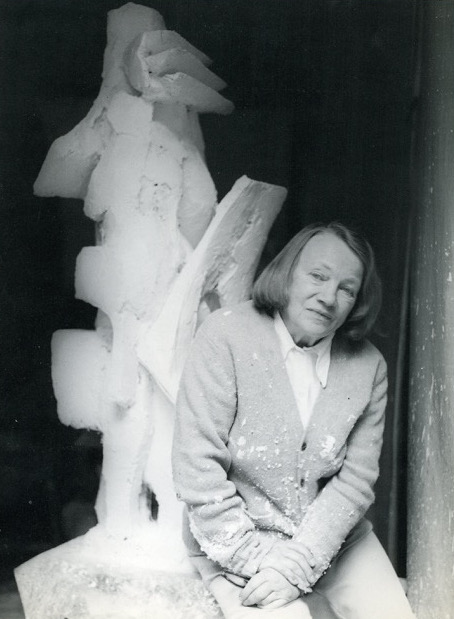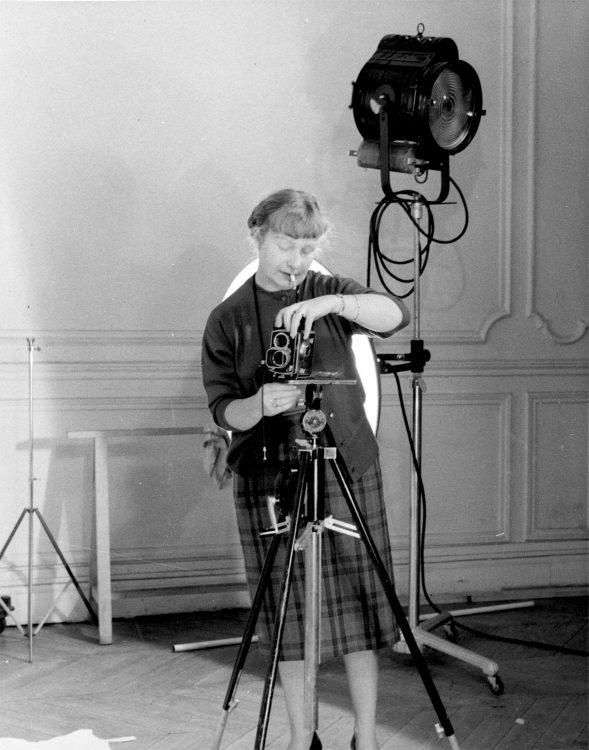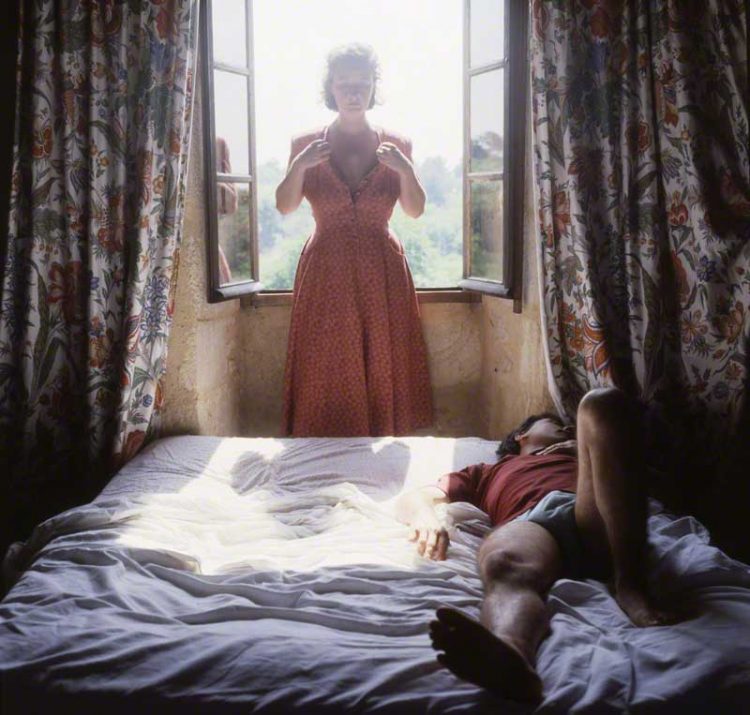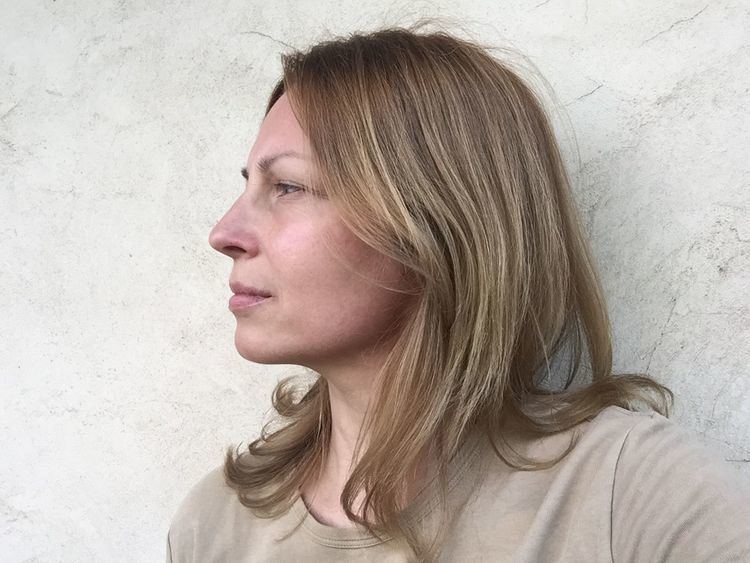Veronika Šleivytė
Dainovskytė, Milda, Narušytė, Agnė (eds.), Foto Vėros Šleivytės, Kupiškis, Kupiškio etnografijos muziejus, 2020
→Veronikos Šleivytės gyvenimo bruožai, Panevėžys, Amalkeros leidyba, 2007
→Agnė Narušytė, “Veronikos Šleivytės fotografijos bruožai”, in Iš Panevėžio praeities: fotografijos kontekstas ir paveldas, konferencijos pranešimų rinkinys, Panevėžys, Panevėžio kraštotyros muziejus, 2006, p. 148–164
Sometimes Vėra Looks Like That. Exhibition of Veronika Šleivytė‘s (1906–1998) Photographs / Kartais Vėra taip atrodo. Veronikos Šleivytės (1906–1998) fotografijų paroda, National Art Gallery, Lithuanian National Art Museum, Vilnius, 29 July–16 October, 2022
→Vėros Šleivytės gyvenimo filma [The Film of Vėra Šleivytė’s Life], Lietuvos nacionalinė Martyno Mažvydo biblioteka, Vilnius, 20 November–20 December, 2017
→Veronika Šleivytė’s 70th anniversary solo exhibition, Mikalojus Konstantinas Čiurlionis National Art Museum, Kaunas, 1977
Lithuanian photographer, graphic artist and painter.
Veronika Šleivytė dreamed of studying art while growing up in a large family of landless peasants in the village of Viktariškiai. In 1924, she enrolled at Kaunas Art School, graduating only in 1934 as she was forced to work to support herself, and her health deteriorated as a result.
She started taking photographs in around 1926, pointing her camera at everything: her family in the village, her friends in Kaunas, her travels around Europe, art and photography exhibitions, doctors, nurses and patients in hospitals, women performing rituals against the setting sun on the beach etc.
In 1933, V. Šleivytė selected eighteen photographs from her archive and produced larger prints to participate in the first exhibition of the Lithuanian Photo Amateurs Union. Amongst 800 works by forty-one participants, her photographs took second, third and eighth places by public vote.
In 1938 V. Šleivytė founded and chaired the Lithuanian Women Artists’ Society, which organised women’s exhibitions until the Soviet occupation in 1940. She also taught drawing at Vaikelio Jėzaus draugijos mergaičių amatų ir ruošos mokykla [the Infant Jesus Crafts and Preparatory School for Girls]. She was fired in 1938 for publicising the poverty and injustices suffered by the students, but in 1940 the new authorities made her the director of the school (now renamed as the Kaunas 5th School of Crafts). During the wartime occupation of Lithuania by the Nazis, V. Šleivytė was arrested, but escaped and lived in hiding until the Soviet re-occupation in 1944. She returned to the director’s position at the school, but was once again fired in 1946 for exceeding the budget. For the rest of her life, V. Šleivytė dedicated herself to art despite living in poverty.
Her artistic career can be divided into two parts. Before the war, V. Šleivytė depicted the modest life of peasants and workers in realistic lithographs and coal drawings. She also became interested in photography as a medium of both artistic expression and documentation. After the war, she focused on pastel painting, and represented only landscapes, bouquets of flowers and everyday objects in joyful colours.
As an artist, V. Šleivytė is primarily celebrated for her photography. She included herself almost in every photograph. Some of these self-portraits present her dressed as a man or in double exposure. On the back of the self-portraits, she commented ironically about the deceptiveness of her own appearance.
V. Šleivytė’s archive contains photographs of women with whom she had homosexual relationships. They were her classmates, artists, a nurse and a nun. She would photograph herself together with each of her girlfriends in intimate situations or acting out the gestures of love. To one of her lovers, she dedicated an album, The Film of V. Šleivytė’s Life in 1952–1953, which she created by using excerpts of their letters and photographs of their travel together.
V. Šleivytė carefully organised her own archive, documenting her life, and donated it to the Kupiškis Ethnografic Museum, which opened V. Šleivytė’s Picture Gallery in Viktariškiai. Her photographic archive was presented in the exhibition Kartais Vėra taip atrodo [Sometimes Vėra looks like that] at the National Gallery of Art in Vilnius in 2022, helping to establish V. Šleivytė as a photographer and lesbian artist.
A biography produced in partnership with Artnews.lt and Echo Gone Wrong within the scope of the season of Lithuania in France 2024.
© Archives of Women Artists, Research and Exhibitions, 2024



 Vera in Two Persons, Kupiškio etnografijos muziejus, 2021
Vera in Two Persons, Kupiškio etnografijos muziejus, 2021 



























